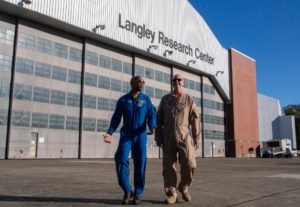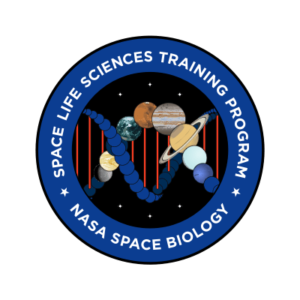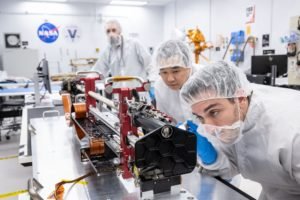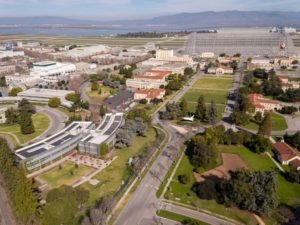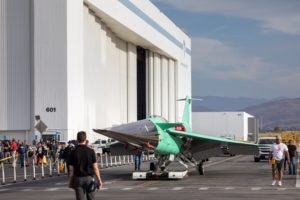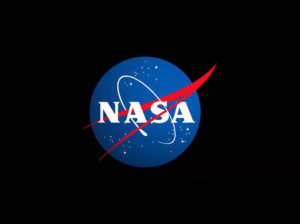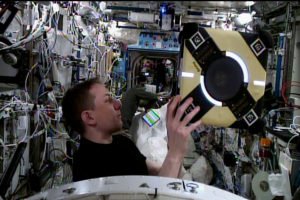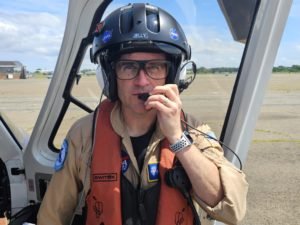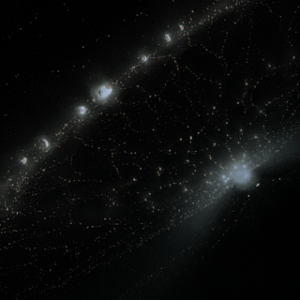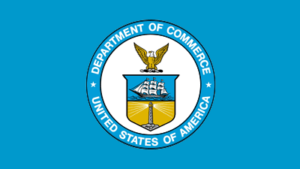Technology Law
Nils Larson, aerospace engineer and test pilot for NASA’s X-59 aircraft, met up with his former student, Artemis II astronaut Victor Glover, on Saturday, Oct. 21 during an open house held at NASA’s Langley Research Center in Hampton, Virginia. The pilots originally met more than two decades ago when Larson was an instructor at the…
Continue readingThe Space Life Sciences Training Program (SLSTP) provides undergraduate students entering their junior or senior years, and entering graduate students, with professional experience in space life science disciplines. This challenging ten-week summer program is hosted by NASA’s Ames Research Center Full report from NASA: Read More
Continue readingA team of engineers from NASA’s Johnson Space Center in Houston and Honeybee Robotics in Altadena, California, inspect TRIDENT – short for The Regolith Ice Drill for Exploring New Terrain – shortly after its arrival at the integration and test facility. In the coming months, the team will integrate the drill into NASA’s first robotic…
Continue readingA new campus, called Berkeley Space Center, aims to offer lab, office, and educational spaces along with student and faculty housing, a conference center, and retail space on 36 acres within the NASA Research Park at the agency’s Ames Research Center in Silicon Valley. The University of California Berkeley and San Francisco-based developer SKS Partners…
Continue readingNASA’s Quesst mission has adjusted the scheduled first flight of its X-59 quiet supersonic aircraft to 2024. A one-of-a-kind experimental aircraft, the X-59 has required complex engineering from NASA researchers working with prime contractor Lockheed Martin Skunk Works. In addition to the aircraft’s design, the X-59 also combines new technology with systems and components from…
Continue readingNASA’s Ames Research Center in California’s Silicon Valley will host a media briefing at 10 a.m. PDT on Monday, Oct. 16, announcing a new interdisciplinary initiative. The project will enable academia, private industry, and government to identify and develop innovative technologies across aeronautics, quantum computing, climate studies, social sciences, and more. Eugene Tu, NASA Ames…
Continue readingThe International Space Station is abuzz with the return of one of NASA’s Astrobee smart robots. The yellow Honey Astrobee, one of three free-flying robots, was unboxed in space after spending nearly a year at its home base, NASA’s Ames Research Center in California’s Silicon Valley. Honey had returned to Earth in September 2022 for…
Continue readingNASA Ames’ Contributions to OSIRIS-REx by Gianine Figliozzi Extraterrestrial rocks and dust – material scooped up from an asteroid – were delivered to Earth on Sept. 24, 2023. A safe landing in the Utah desert for the spacecraft carrying this bounty marked the end of a seven-year journey for NASA’s OSIRIS-REx – short for the Origins, Spectral Interpretation, Resource Identification,…
Continue readingAir taxis may become an important part of the U.S. transportation ecosystem, quickly carrying people relatively short distances – and eventually some may fly without a pilot aboard. NASA is helping prepare for that future with research to ensure that fully autonomous flight technology is safe. Currently, a NASA study team is evaluating how autonomous…
Continue readingAccording to new research by NASA and its partners, Saturn’s rings could have evolved from the debris of two icy moons that collided and shattered a few hundred million years ago. Debris that didn’t end up in the rings could also have contributed to the formation of some of Saturn’s present-day moons. Full report from…
Continue reading
